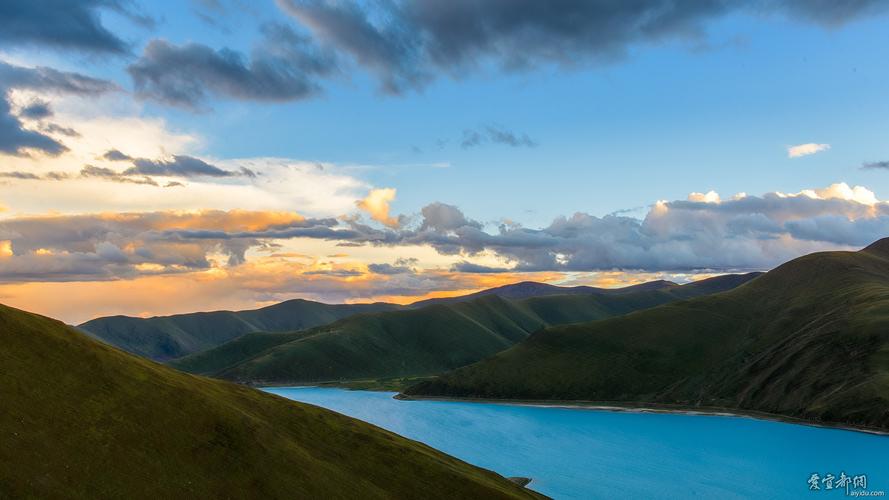Exploring the Intersection of Art and Artificial Intelligence: A Journey into Creativity
Art and technology have always had a complicated relationship. In the past, there was a clear line separating the two disciplines. Technology was viewed as a tool for artists; something that could help them create their works faster or more efficiently. However, with the advent of artificial intelligence (AI), this line is beginning to blur. AI is now being used to create artworks of its own, often in collaboration with human artists.
What is AI Art?
AI art is a type of digital art created by algorithms that use deep learning, machine learning, and other artificial intelligence technologies to produce artworks. These algorithms are designed to learn from existing images and then create their own original pieces. The results are often surreal, with strange, dreamlike imagery that leaves the viewer spellbound.
How are Artists Using AI?
Artists are using AI in a number of ways. Some are using it to create entirely new works; others are using it to generate ideas or to work out technical details. Still, others are using AI to help them create works that are more precise and detailed than would otherwise be possible.
One artist who is pushing the boundaries of AI art is Refik Anadol. Anadol uses machine learning algorithms to analyze huge amounts of data, including images, sound, and other sensor data, to create immersive, interactive installations. For example, his recent work “Melting Memories” used AI to explore the relationship between human memory and technology.
What are the Implications of AI Art?
AI art raises a number of questions about the role of technology in the creative process. Some see it as a threat to human creativity, while others view it as an exciting new tool for artists. There is also the question of authorship – who is the creator of an AI-generated artwork? Is it the algorithm, the human artist, or both?
Despite these questions, it seems clear that AI is already having a profound impact on the art world. Whether it’s creating new works, enabling artists to explore complex ideas, or helping to push the boundaries of what is possible, AI is a powerful tool that is transforming the way we think about art in the 21st century.
Conclusion
Artificial intelligence is no longer just a tool for artists; it’s becoming an integral part of the creative process itself. As artists continue to explore the intersection of art and AI, we can expect to see even more groundbreaking works that challenge our perceptions of what is possible. Whether we see AI as a threat to human creativity or an exciting new tool, there’s no denying that it’s transforming the way we think about art in the modern world.
(Note: Do you have knowledge or insights to share? Unlock new opportunities and expand your reach by joining our authors team. Click Registration to join us and share your expertise with our readers.)
Speech tips:
Please note that any statements involving politics will not be approved.
